Five NBA representative players with extremely successful career planning
9:43am, 14 June 2025Basketball
When you mention the most successful representative player in NBA career planning, I wonder who you will think of? In this article, the author will organize the content around the aspects of contract opportunity grasp, value maximization and risk avoidance in career planning, and take stock of the classic TOP5 representatives for reference. Due to space limitations, if you have any discussion or a choice of leaving a pearl, you are welcome to leave a message and share it.
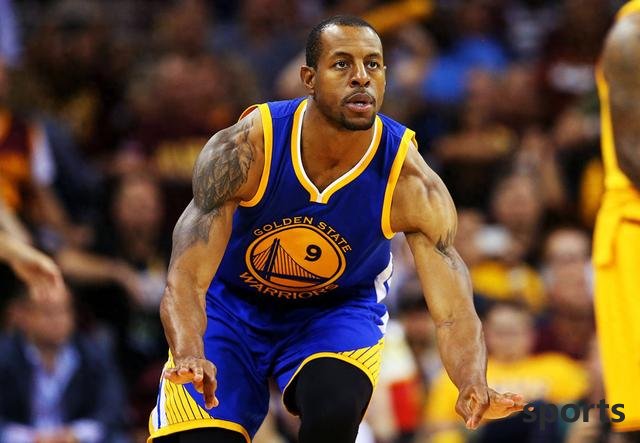
5. Andre Iguodala
Among the fringe All-Star NBA players, Iguodala is definitely the best in career planning. The Fringe All-Stars have basically passed their peak period, and it is hard for anyone to remember, but Iguodala has become the dynasty's top supporting role and the most surprising FMVP winner.
In terms of strength and style of play, Iguodala is about a 30% off version of Pippen, with strong defensive and cutting ability, while the offensive part is easy but loose. In the youthful and strong 76ers era, Iguodala, as the core of the team, had a peak season of about 20+5+4 players. She developed offensive production capacity and production efficiency, but other aspects could cover and help the team lead the team in two first round games. After leaving the 76ers to join the Nuggets, Iguodala began to give up the ball and was defeated by the Warriors in the playoffs. After seeing the Warriors' potential and Curry's ability, he decisively chose to surrender to the Warriors the following year and was willing to make sacrifices. He started to enter the Finals and won three championships in 5 times and won the FMVP as a substitute in 2015.
Iguodala's contract salary was quite considerable for most seasons of her career, with a cumulative salary of more than $190 million, which exceeded many All-Star regular-level players. In addition, he has served as vice chairman of the Players' Union for a long time. He has taken off-court commercial investment in Silicon Valley's new technology company and is a very alternative NBA winner.
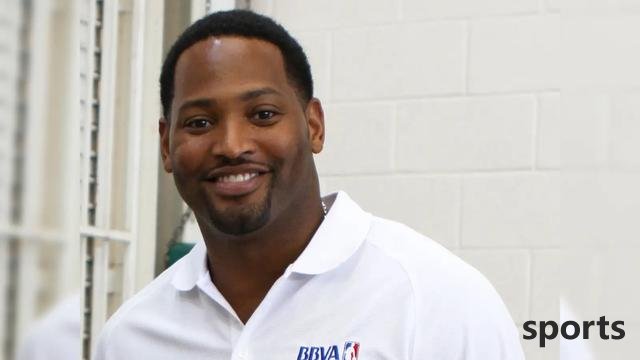
4. Robert Horry
In the field of role players, the author will think of Robert Horry as a super typical person with extremely outstanding career planning skills. Looking back on this NBA career, Horry was the starting lineup in the Rockets in the early days (10.6 points per game), but after joining the Lakers, he actively transformed into a defensive expert and space-type fourth position, sacrificing data (average to 6 points per game during the Lakers) to adapt to the "triangle offensive" system. Later in his career, the Spurs further streamlined their functions, specializing in key rounds shooting, and contributed efficient output per game 16 minutes per game and continuously adjusted their positioning. He always meets the tactical needs of top-notch players in the championship team.
Rockets (1994-1995): Assisting Olajuwon in two consecutive championships, establishing the reputation of a key gentleman; Lakers (2000-2002): As an auxiliary player of the OK combination, he completed three consecutive championships; Spurs (2005-2007): With the experience of veterans under the GDP system, he basically refused to rebuild his team when he was able to choose a team. He entered the playoffs in 16 years and never lost the championship in the 7 finals. He can be called the "window of the championship" and has become a historical role player with 7 championships.
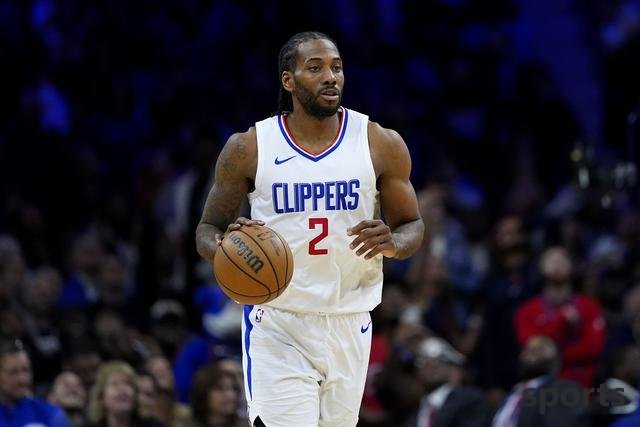
3. Kawhi Leonard, looking back on his career, he took the lead in first taking root in defense and then breaking through the offensive ceiling, becoming one of the strongest offensive and defensive two-way players in the past decade, and was the third superstar who won FMVP in two different teams after Jabbar and James.
In the Spurs era, he grew up under the GDP system and was regarded as the leader early on; he accumulated championship experience, and then he had some unpleasant experience with the Spurs due to load management attendance issues, but from the perspective of protecting his own body, it is understandable; in the Raptors era: swapped clubs with DeRozan, joined the Eastern Raptors, led the team's first championship in a single season to establish a legendary position, and performed in the playoffs; since then, he used the Raptors as a springboard and jumped to the Los Angeles big market. In the Clippers era, Kawhi Leonard continued his own characteristics, was in a regular season, and showed his power in the playoffs, and still maintained considerable exposure. It can be said that he is the NBA superstar who has the most understood play in the rest and maximizes the effectiveness of his sports life.
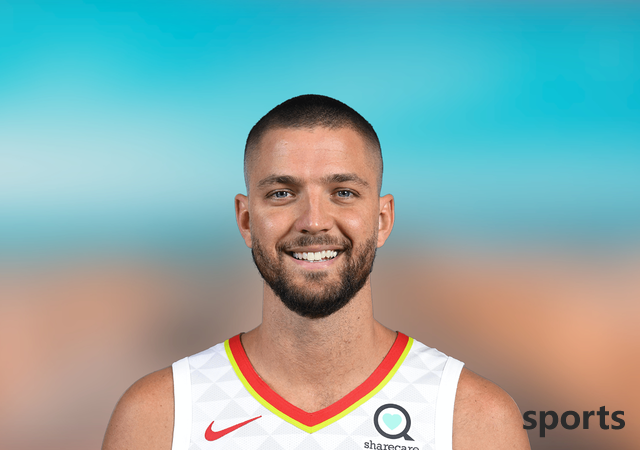
2. Chandler Parsons
Chandler Parsons, a famous [Salary Thieves] in NBA history, has an alias [When you get money, you are afraid of anything]. Looking back on his career, Parsons was selected by the Rockets with the 38th pick in the second round in 2011. His rookie contract was only 4 years and $3.7 million. In the Rockets' three years, he quickly became a cost-effective forward with efficient performance (such as averaging 16.6 points, 5.5 rebounds and 4 assists in the 2013-14 season).
In 2014, he took the initiative to use his restricted free identity to accept the Mavericks' quotation of 46 million yuan in three years. The Rockets gave up matching due to their salary space, achieving their first salary leap. During his time at the Mavericks in 2016, although Parsons was troubled by a knee injury (only 61 games), he still scored a 41.4% three-point shooting rate in the middle of the season. He then took a fancy to the node where the salary cap would soar in the future, and decisively jumped out of the player option for the last year of the contract and entered the free market.
At this time, the Grizzlies were urgently needed to strengthen the front line and offered a four-year maximum salary contract of US$94.8 million. This move is called a "precision checkpoint" - after signing the contract, he, who knew his physical condition best, underwent knee surgery for three consecutive years, and his attendance rate plummeted, but his salary was fully guaranteed.
Parsons played a total of 440 regular season games in his career, less than 60% of the full season, but his total income reached US$127 million (more than US$60 million after tax). Especially during the Grizzlies, he won US$69.34 million in just 95 games, with an average income of US$730,000 per game, becoming a typical NBA "limited profit". His team ensures that he still locks in huge returns under the risk of injury, far exceeding players in the same ranking.
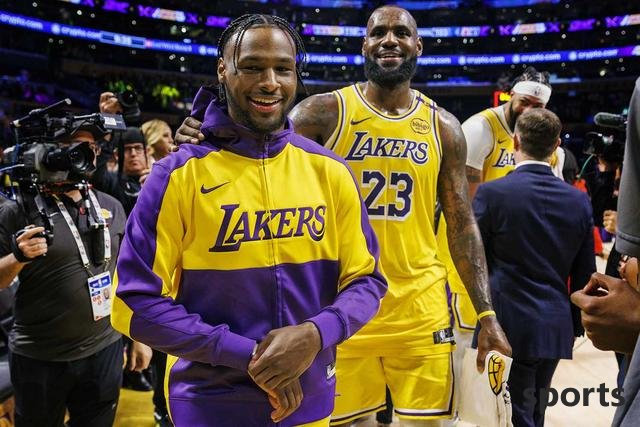
1. LeBron James
James divides his career into four clear stages: Cavaliers 1.0 period, Heat period, Cavaliers 2.0 period, and Lakers period. The goals at each stage are clear - from accumulating personal honors, pursuing championships, and then realizing the city's heroic mission, and ultimately turning to a balance between business construction and life. Under the topic of
, discussing his own strength and career planning ability based on his performance, James may be the GOAT player in history. His three most famous decisions have been discussed by the media and fans for a long time.
Joined the Heat in 2010: actively joined forces with Wade and Bosh to form the three giants, and entered the finals four times in four years and won the championship twice, breaking the doubts of no championship and establishing a historical position; returning to the Cavaliers in 2014: Taking "winning the championship for your hometown" as the emotional fulcrum, he led the team to reverse the Warriors 1-3 in 2016, fulfilling his promise and completing redemption, greatly enhancing his personal legend; signing with the Lakers in 2018: choosing the Los Angeles market, taking into account family needs (son Brownie enrolled in a local prestigious school) and commercial layout (film and television investment, Liverpool shares, etc.), and using a four-year long contract to lock in the stability of the end of his career and ensure his exposure.
In addition, through extreme self-discipline ($1.5 million per year for physical care) and scientific training, James still maintained the top data of 25+8+6 per game at the age of 38. His three-point shooting percentage hit a career high (41.4%) and developed stable long-range shooting ability in the later stage of his career, adapting to the needs of the small ball era, extending his peak period, and reaching a 50,000-point milestone in the regular season + playoffs at the age of 40 in 2025.
A set of combination punches and marketing, James successfully tied the end of his career with the historical goal of "beyond Jordan" and became the most successful basketball player since the 21st century. Whether he is the strongest is the most wise. There is another very special thing. James not only planned his career very well, but also planned his career starting point very well. He not only helped his son enter the NNBA stage, but also became the object of serving his legend.
tỷ lệ bóng đáRelated Posts
- The annual salary is 39.45 million, and the injuries are serious after playing in and out! The most unlucky No. 1 pick in the NBA, it’s time to consider retirement
- 23 of 39 shots in 3 games, hit 80 points! The first core of the Rockets was released, and the 45 million contract was saved
- Palmer: Don t be afraid when fighting Newcastle, otherwise they will eat us
- G5 Lakers 96-103 Timberwolves, three bad news after the game, Big Three + Inside + Substitute dominates the elimination
- Teague: James team controls the league, every time he is mentioned there are calls
- What a terrible contract year! Hachimura shot 63% from mid-range and 52.4% from three-point range this year
- NBA West Finals G2 Preview: New Science MVP hits 2-0, Edwards strives to win back
- As Durant s younger brother, Harden s system play style is also suitable for Durant, how does the Clippers get him
- Yang Hansen sent a pass at the top of the arc, and then made a pass without looking at anyone and scored 2 assists in a row.
